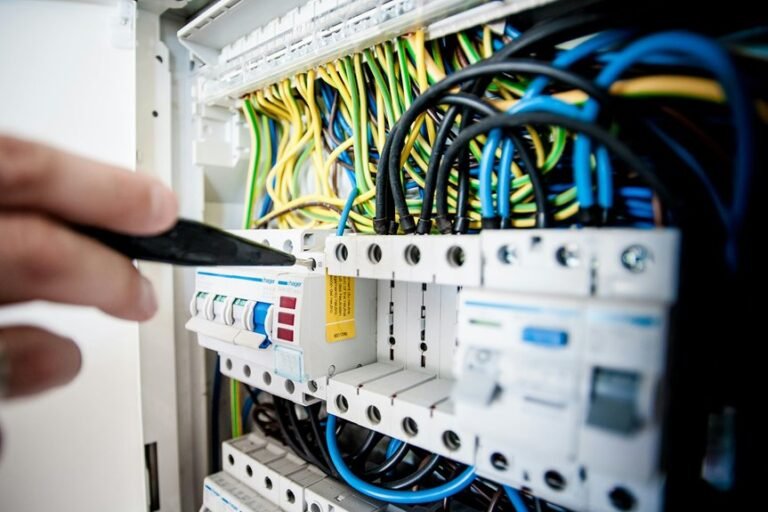Telecommunication Infrastructure & System Division 18009940676 18442397574 4102807509 5082900614 6172295775 8324601532
In today’s fast-paced digital landscape, understanding the intricacies of telecommunication infrastructure is vital. You’ll find that advancements like 5G and fiber optics are reshaping data transfer capabilities. However, challenges such as regulatory compliance and cybersecurity need careful navigation. As you explore the division’s innovative approaches, consider how these developments could impact future connectivity strategies and operational frameworks. What implications might these trends hold for your organization?
Overview of Telecommunication Infrastructure
Telecommunication infrastructure serves as the backbone of modern communication systems, enabling seamless connectivity between individuals and devices.
It encompasses various network architectures designed for efficient signal transmission. Understanding these frameworks is crucial for optimizing performance and ensuring reliability.
As you explore this infrastructure, you’ll appreciate how robust designs facilitate uninterrupted communication, empowering users to connect freely and effectively across diverse platforms.
Key Technologies and Innovations
As advancements in technology continue to shape communication landscapes, several key innovations stand out in the realm of telecommunication infrastructure.
5G deployment enhances data speeds, while fiber optics ensure high-capacity transmission.
Satellite communication supports global connectivity, and IoT integration streamlines device interaction.
Network virtualization and edge computing optimize resources, and AI applications improve efficiency, all under robust cybersecurity measures to safeguard networks.
Challenges Facing the Division
While advancements in technology present exciting opportunities, the telecommunication infrastructure and system division faces significant challenges that can impede progress.
You must navigate regulatory compliance, ensuring network reliability amid increasing cybersecurity threats.
Budget constraints limit infrastructure maintenance and hinder talent acquisition, leaving your division at risk.
Addressing these issues is crucial for maintaining operational efficiency and safeguarding against potential disruptions in service delivery.
Future Trends in Telecommunications
Emerging technologies are reshaping the telecommunications landscape, offering innovative solutions that address current challenges and enhance connectivity.
You’ll see rapid 5G deployment enabling seamless IoT integration and AI advancements driving smarter networks.
Prioritizing network security is crucial as edge computing and satellite communication expand, allowing for decentralized data processing and improved global coverage.
The future promises unprecedented efficiency and freedom in telecommunications.
Conclusion
In conclusion, the Telecommunication Infrastructure & System Division is pivotal in shaping the future of connectivity. With 5G expected to support up to 1 million devices per square kilometer, the demand for innovative solutions is undeniable. As you reflect on the challenges and advancements discussed, consider how these developments will impact your daily communications. Staying informed about these trends not only enhances your understanding but also prepares you for the evolving landscape of telecommunications.






